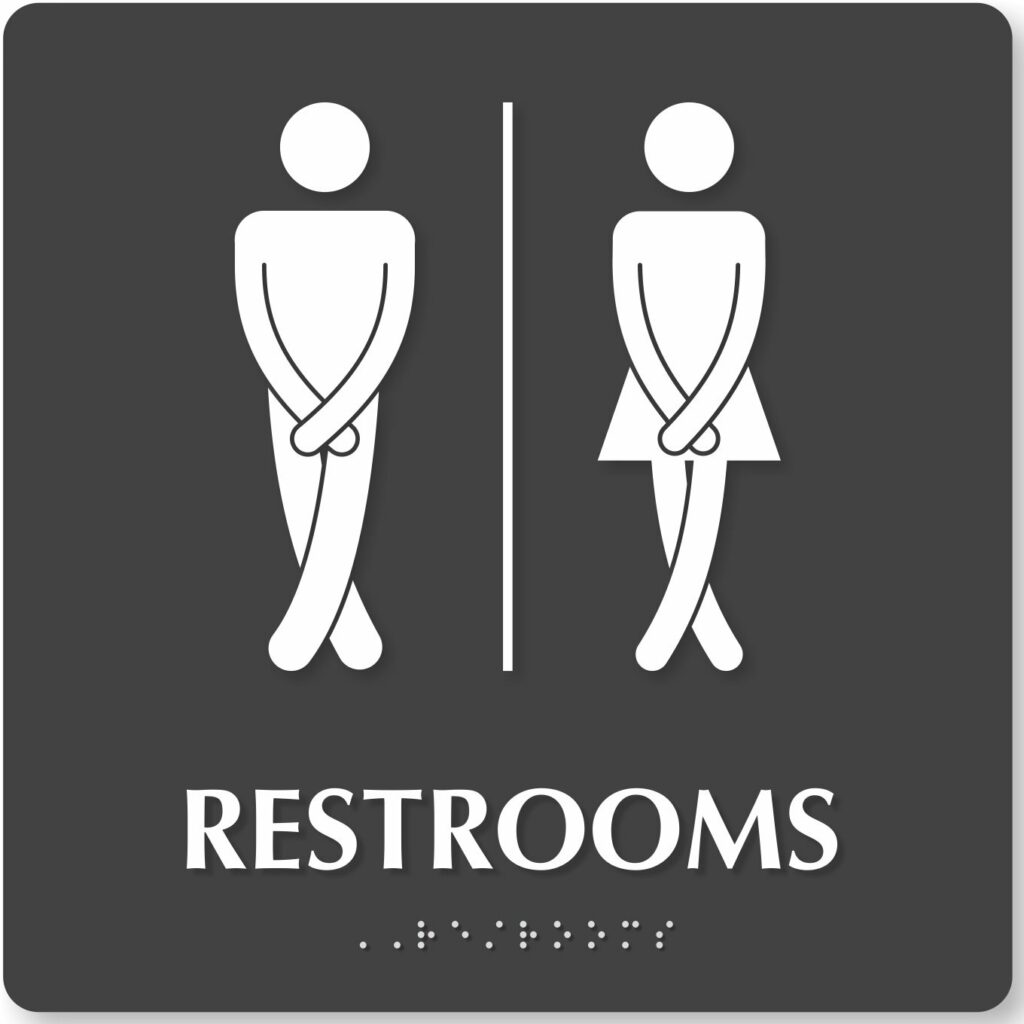Emsella
What is Emsella?
Emsella is a non-surgical, non-invasive treatment for incontinence caused by a weakened pelvic floor. The Emsella chair emits a high-intensity focused electromagnetic (HIFEM) wave to create supramaximal contractions within the pelvic floor muscles over a 30-minute session twice a week for 3 weeks.

What Is Urinary Incontinence?
Urinary incontinence is the loss of bladder control. This lack of control results in involuntary or uncontrollable bladder leaks. There are five different types of urinary incontinence:
Urge incontinence
Stress incontinence
Mixed incontinence
Overflow incontinence
Functional (neurogenic) incontinence
Urge incontinence refers to the sudden urge to urinate. This urge comes without any warning or having enough time to make it to the restroom. Stress incontinence is when urination occurs as a result of pressure (stress) being placed on the bladder. This could be from sneezing, coughing, laughing, or exercising.
Mixed incontinence is a mixture of urge and stress incontinence.
Overflow incontinence happens as a result of the bladder being unable to empty itself entirely causing bladder leaks. Functional incontinence is when a mental or physical impairment causes urination. For example, an individual with arthritis has trouble removing their pants in time for urination.

What Causes Incontinence?
A weakened pelvic floor (muscles) is often the underlying cause of incontinence in women. The pelvic floor often weakens during or after pregnancy, after a certain age, or because of hormonal imbalance (during menopause).
Nineteen million American women suffer from pelvic floor weakness. A strong pelvic floor is what allows the body to have control over the bladder and the bowels. A lack of control from urinary incontinence may cause women to avoid medical treatment due to shame, doubt, and fear of losing their autonomy.
How Can Emsella Help?
Emsella is a non-surgical, non-invasive treatment for incontinence caused by a weakened pelvic floor. The Emsella chair emits a high-intensity focused electromagnetic (HIFEM) wave to create supramaximal contractions within the pelvic floor muscles over a 30-minute session twice a week for 3 weeks.
Emsella is superior to Kegels. Even though Kegels can help to strengthen the pelvic floor over a long time period, they are not able to compete with this treatment option. These supramaximal contractions are delivered by the thousands during these short sessions. Thirty minutes on the Emsella chair is equivalent to doing over 10,000 Kegels!
The chair helps target weakened muscles within the pelvic floor. The stimulation of these muscles improves bladder control and reduces incontinence. Some may see immediate results while others may not feel any different until they have had a few sessions. 95% of individuals who choose Emsella and have either stress, urge, or mixed, will see improvement.
Why Choose Emsella?
With Emsella, most patients will find relief from urinary incontinence. It reduces the chances of urinating from sneezing, coughing, laughing, exercising. Emsella reduced the need for planning trips and outings based on the location of restroom facilities.
Other benefits of Emsella as a treatment are:
No downtime or recovery time
You get to wear your own clothes during treatment on the chair
It reduces the need for invasive surgery
Some people will even find relief from chronic lower back pain
There are many reports of improved orgasms in both men and women who undergo treatment
It is important to remember that urinary incontinence can happen in men as well. After certain prostate procedures, men can develop some bladder leakage issues. While Emsella for men is still in its infancy, it is becoming a possible option for male incontinence.
Who Can Benefit From Emsella?
If you can answer ‘yes’ to any of the following questions, you may benefit from Emsella:
Does your bladder seem to control your life?
Have you given birth to at least one child?
Do you experience leakage while laughing, sneezing, coughing, or exercise?
Do you carry extra weight on your body?
Does the leakage affect exercise or intimacy?
Are you going through menopause?
Urinary incontinence does not discriminate. Though it is more likely to occur in women, men also have issues with incontinence. Women in their twenties (who have not had children) can still struggle with incontinence, especially athletes who participate in high-impact sports or those who struggle with obesity.
We’d love to hear from you!
Whether it’s to request a consultation, ask a question, or just say hello!

